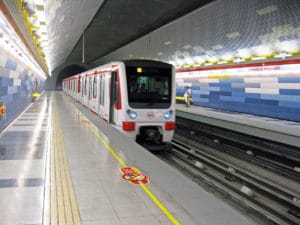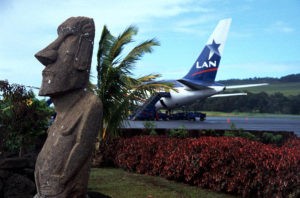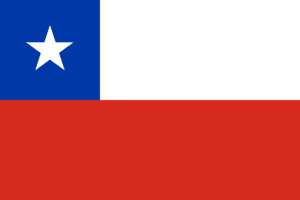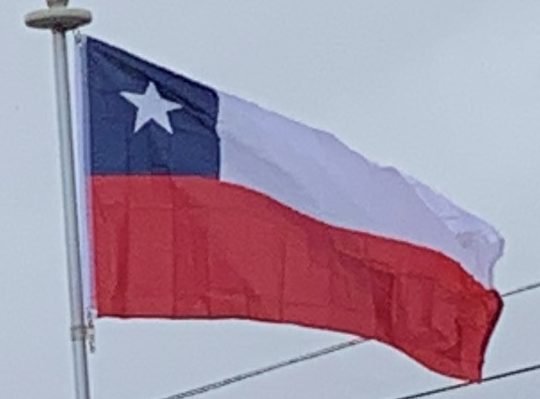For locals, tourism is concentrated mostly in the summer (December to March), and mainly in the coastal beach towns. Arica, Iquique, Antofagasta, La Serena and Coquimbo are the main summer centers in the north, and Pucón on the shores of Lake Villarrica is the main center in the south. Because of its proximity to Santiago, the coast of the Valparaíso Region, with its many beach resorts, receives the largest number of tourists. Viña del Mar, Valparaíso’s northern affluent neighbor, is popular because of its beaches, casino, and its annual song festival, the most important musical event in Latin America. Pichilemu in the O’Higgins Region is widely known as South America’s “best surfing spot” according to Fodor’s.
In November 2005 the government launched a campaign under the brand “Chile: All Ways Surprising” intended to promote the country internationally for both business and tourism.
Chile is home to the world renowned Patagonian Trail that resides on the border between Argentina and Chile. Chile recently launched a massive scenic route for tourism in hopes of encouraging development based on conservation. The Route of Parks covers 1,740 miles and was designed by Tompkins Conservation (founders Douglas Tompkins and wife Kristine).
Transportation:
Due to Chile’s topography a functioning transport network is vital to its economy. Buses are now the main means of long distance transportation in Chile, following the decline of its railway network. The bus system covers the entire country, from Arica to Santiago (a 30-hour journey) and from Santiago to Punta Arenas (about 40 hours, with a change at Osorno).

Chile has a total of 372 runways (62 paved and 310 unpaved). Important airports in Chile include Chacalluta International Airport (Arica), Diego Aracena International Airport (Iquique), Andrés Sabella Gálvez International Airport (Antofagasta), Carriel Sur International Airport (Concepción), El Tepual International Airport (Puerto Montt), Presidente Carlos Ibáñez del Campo International Airport (Punta Arenas), La Araucanía International Airport (Temuco), Mataveri International Airport (Easter Island), the most remote airport in the world,

and the Comodoro Arturo Merino Benítez International Airport (Santiago) with a traffic of 12,105,524 passengers in 2011. Santiago is headquarters of Latin America’s largest airline holding company and Chilean flag carrier LATAM Airlines.
Flag of Chile:
The flag of Chile consists of two equal horizontal bands of white and red, with a blue square the same height as the white band in the canton, which bears a white five-pointed star in the center. It was adopted on 18 October 1817. The Chilean flag is also known in Spanish as La Estrella Solitaria.
It has a 3:2 ratio between length and width, it is divided horizontally into two bands of equal size (the lower being red). The upper area is divided once: in a square (blue), with a single centered white star; and rectangle (white), whose lengths are in proportion 1:2.

The star may represent a guide to progress and honor while other interpretations refer to its reference to an independent state; blue symbolizes the sky and the Pacific Ocean, white is for the snow-covered Andes, and red stands for the blood spilled to achieve independence.
